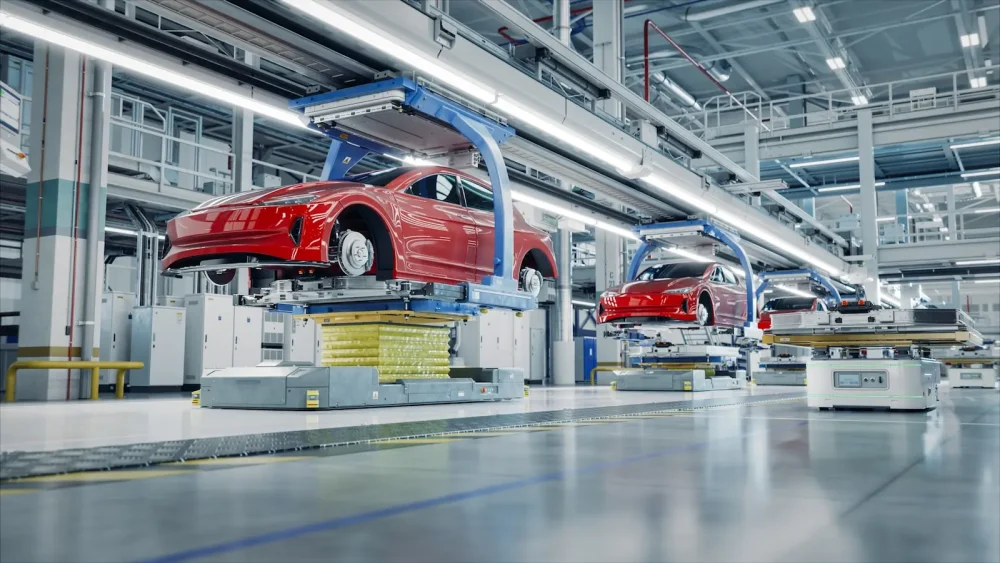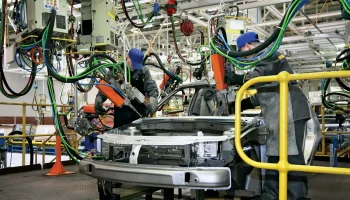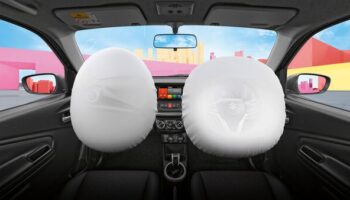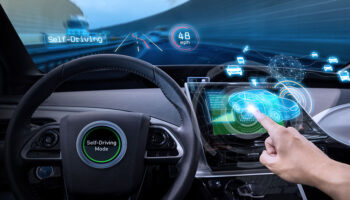Introduction: The Automobile’s Enduring Influence
The automotive industry is a powerful engine driving economic growth, technological innovation, and cultural transformation worldwide. Since its inception in the late 19th century, the automobile has evolved from a luxury curiosity into a necessity woven into the fabric of daily life. Yet today, the industry stands at a crossroads, facing unprecedented challenges and opportunities. With rapid advancements in electrification, connectivity, and sustainability, the future of automotive is not simply about vehicles—it’s about redefining mobility itself.
The Evolution of Automotive Innovation
The history of the automobile reflects a narrative of relentless innovation. Early pioneers like Karl Benz and Henry Ford ignited a revolution by introducing practical and affordable vehicles. Ford’s moving assembly line democratized car ownership, turning the automobile into a symbol of freedom and progress. Over the decades, advancements in safety, performance, and design shaped the vehicles we recognize today.
Key historical milestones include:
-
The Motorwagen (1886): The world’s first gasoline-powered car by Karl Benz.
-
Ford Model T (1908): The first affordable, mass-produced car.
-
Safety Innovations (1950s–70s): Seat belts, crumple zones, and airbags became industry standards.
-
Emissions Regulations (1970s onward): Pushing manufacturers toward cleaner engines and fuel efficiency.
This progression illustrates how the automotive sector has continually adapted to societal needs and regulatory pressures.
Design: Where Form Meets Function
Automotive design is an intricate dance between aesthetics and engineering. The way a car looks and feels profoundly affects its identity, usability, and emotional appeal. Designers today balance sleek styling with aerodynamic efficiency and environmental considerations.
Key elements shaping modern automotive design:
-
Aerodynamics: Smooth lines and sculpted surfaces reduce drag, improving fuel economy.
-
Material Innovation: Use of lightweight alloys and composites enhances performance and sustainability.
-
Interior Ambiance: Increasingly, cabins serve as personalized spaces equipped with ambient lighting, ergonomic seating, and intuitive interfaces.
The best designs marry beauty with purpose, crafting vehicles that resonate on both a visual and experiential level.
Rethinking Performance: Beyond Speed and Power
While horsepower and acceleration remain alluring, modern automotive performance encompasses a broader, more nuanced spectrum. Today, consumers and manufacturers alike prioritize efficiency, handling, safety, and environmental impact.
Contemporary performance priorities include:
-
Electric Propulsion: Instant torque and quiet operation define the electric driving experience.
-
Hybrid Systems: Combining combustion engines with electric motors to optimize power and reduce emissions.
-
Advanced Dynamics: Technologies like adaptive suspension and torque vectoring offer precise handling and ride comfort.
Ultimately, performance is no longer just about thrill; it is about seamless integration of power, refinement, and responsibility.
The Electric Revolution: Driving Toward Sustainability
The push for cleaner transportation is reshaping the industry’s trajectory. Electric vehicles (EVs) have emerged as a central pillar in the quest to reduce carbon footprints and meet stringent environmental regulations worldwide.
Critical aspects of the EV landscape:
-
Battery Breakthroughs: Higher energy density, faster charging, and improved longevity make EVs increasingly viable.
-
Charging Infrastructure: Expansion of fast-charging networks alleviates range anxiety and supports mass adoption.
-
Government Incentives: Subsidies and regulatory mandates accelerate the shift toward electrification.
As batteries improve and costs decline, electric vehicles are transitioning from niche options to mainstream contenders, promising a quieter, cleaner, and more efficient future.
Connected and Autonomous Vehicles: A New Driving Paradigm
The fusion of automotive engineering with digital technology is transforming cars into intelligent, connected platforms. Autonomous driving and vehicle-to-everything (V2X) communication technologies aim to enhance safety, convenience, and efficiency.
Core technological advancements include:
-
Advanced Driver-Assistance Systems (ADAS): Features like adaptive cruise control and lane-keeping assist reduce human error.
-
Semi-Autonomous and Fully Autonomous Driving: While full autonomy remains aspirational, incremental automation is becoming common.
-
Connectivity: Cars communicating with infrastructure and other vehicles can optimize traffic flow and preempt hazards.
The rise of smart vehicles signals a shift from manual control to collaborative mobility ecosystems.
Cultural Significance: The Emotional Bond with Cars
Despite the rapid technological changes, cars retain a profound cultural and emotional significance. For many, automobiles represent personal freedom, achievement, and identity. Car enthusiasts celebrate heritage, craftsmanship, and the pure joy of driving.
Considerations on automotive culture:
-
Iconic Models: Vehicles like the Mustang, Porsche 911, and Land Rover Defender evoke strong emotional connections.
-
Motorsport Influence: Racing technology and culture continue to inspire innovation and passion.
-
Community and Lifestyle: Car clubs, restoration projects, and events foster camaraderie and shared appreciation.
This emotional resonance ensures the automobile’s relevance extends beyond its practical function.
Looking Forward: Challenges and Opportunities
The automotive industry faces a complex future shaped by shifting consumer expectations, regulatory landscapes, and technological breakthroughs. Manufacturers must balance innovation with affordability, sustainability with performance, and tradition with disruption.
Key future trends include:
-
Mobility-as-a-Service (MaaS): Shared mobility solutions may redefine ownership models, particularly in urban environments.
-
Sustainable Manufacturing: Circular economy principles and low-impact production techniques will gain prominence.
-
Alternative Energies: Beyond batteries, hydrogen fuel cells and synthetic fuels offer promising complements.
The industry’s evolution is not merely about building cars but about crafting holistic mobility solutions that align with 21st-century values.
Conclusion: Steering Toward a New Horizon
The automotive industry’s journey is a testament to human creativity and resilience. It has transformed from a mechanical curiosity into a sophisticated ecosystem of technology, design, and culture. As electrification, connectivity, and sustainability accelerate, the industry is redefining what it means to move, connect, and live.
Navigating this dynamic landscape demands vision, adaptability, and a deep understanding of the balance between progress and tradition. In embracing these challenges, the automotive world will continue to inspire, innovate, and propel us into a more connected and sustainable future.





